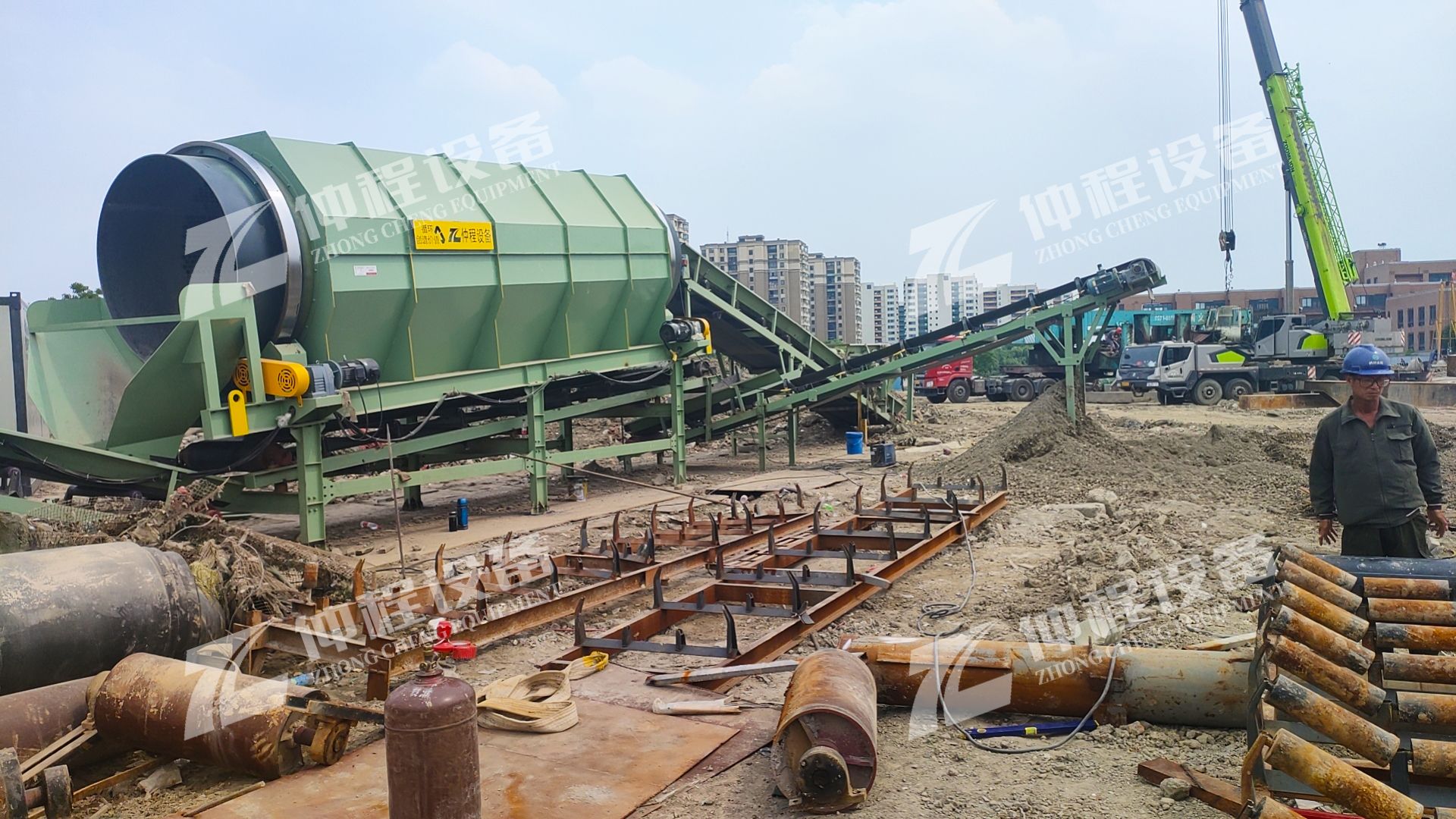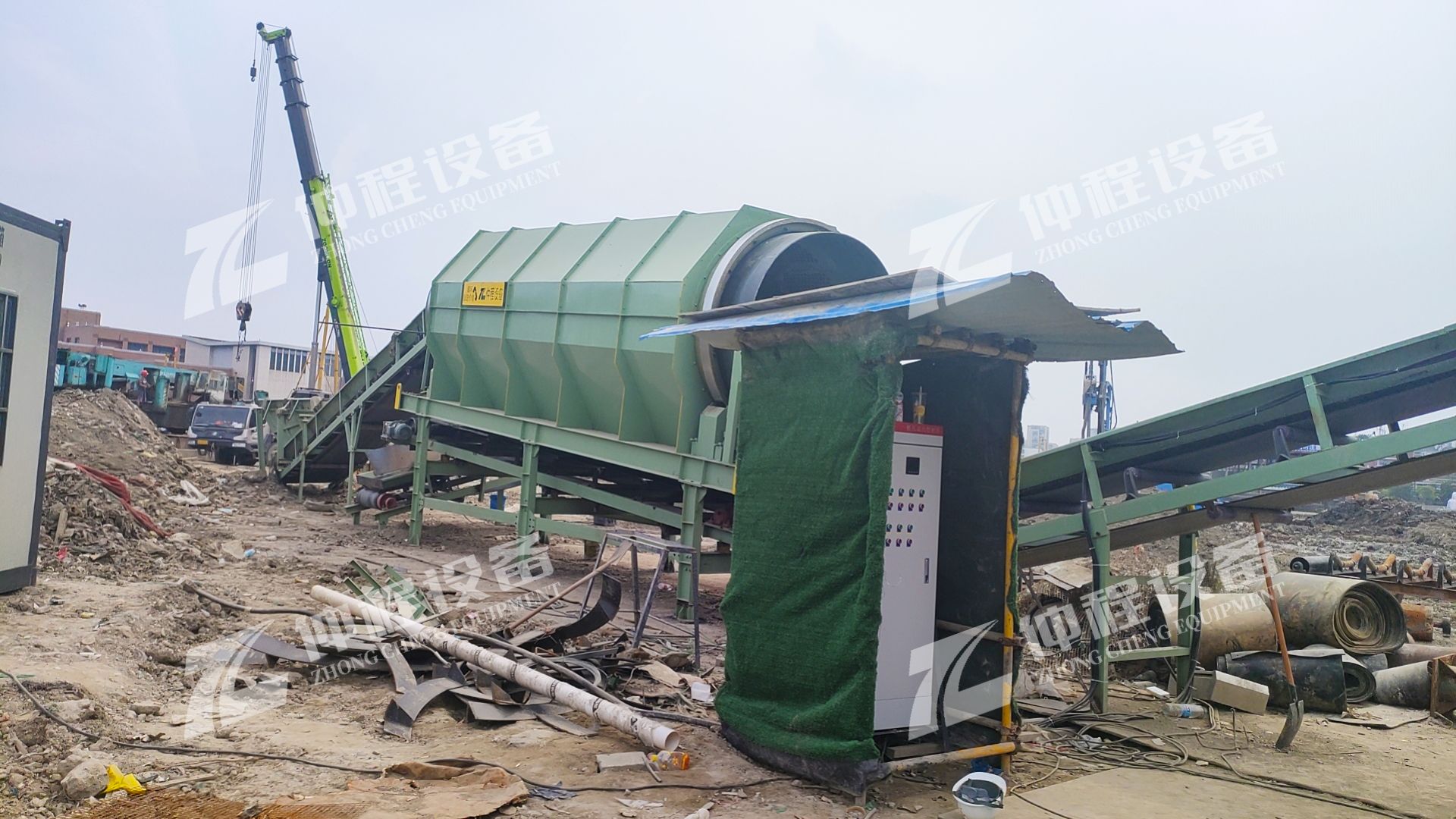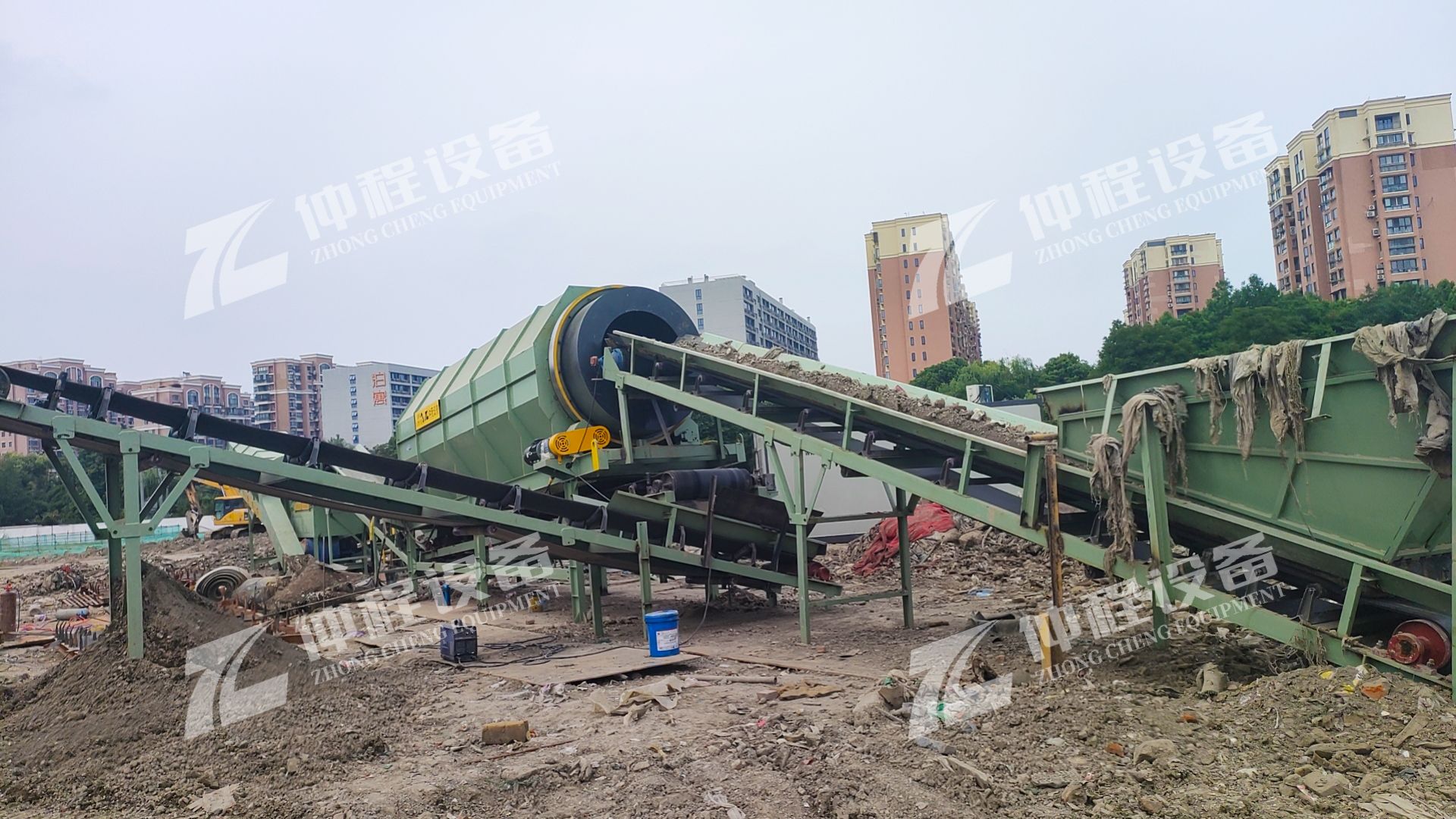Trommel screen for waste disposal
As the world increasingly focuses on sustainability and environmental responsibility, effective waste disposal technologies have become more crucial than ever. Among the various methods used for separating and processing waste materials, trommel screens stand out as a highly efficient, versatile, and durable solution. Trommel screens play a vital role in waste disposal and management, particularly in municipal solid waste (MSW) systems, recycling plants, and composting operations. This article explores the function, benefits, and applications of trommel screens in waste disposal.

Working Principle of Trommel Screens
The operation of a trommel screen is based on a simple yet effective principle: rotational screening. Waste materials are fed into the rotating drum, which is inclined at a slight angle. As the drum rotates, the material is tumbled, and smaller particles fall through the holes in the drum's surface while the larger particles continue to move along the drum's length.
The size of the holes or perforations in the drum determines the size of the particles that are separated. Trommel screens can be equipped with multiple sections of mesh or perforated plates to sort materials into different size categories, depending on the specific application. This ability to sort materials of various sizes makes trommel screens highly versatile in waste disposal processes.
Benefits of Using Trommel Screens for Waste Disposal
High Processing Capacity: One of the primary advantages of trommel screens is their ability to handle large volumes of waste materials. Their design allows for continuous operation, making them ideal for industries with high waste throughput, such as municipal waste treatment plants and recycling facilities.
Versatility: Trommel screens are capable of processing a wide range of materials, including organic waste, plastics, metals, and construction debris. They can be customized with different drum sizes, mesh configurations, and rotation speeds to suit the specific needs of each waste disposal application.
Low Maintenance: The simple design of trommel screens makes them easy to maintain. Unlike other types of screens, such as vibrating screens, trommel screens have fewer moving parts, reducing the risk of mechanical failure. They are also less prone to clogging or blinding, especially when used for wet or sticky materials.
Energy Efficiency: Trommel screens operate with relatively low energy consumption compared to other screening technologies. Their slow rotational speed reduces wear and tear on components, which contributes to a longer lifespan and lower operating costs.
Effective Separation of Materials: Trommel screens are highly effective in separating fine and coarse materials, making them particularly suitable for waste sorting in recycling plants. They can be used to separate organic materials from non-organic waste, which is essential for composting operations and biomass processing.

Applications of Trommel Screens in Waste Disposal
Municipal Solid Waste (MSW) Processing: In municipal waste management, trommel screens are used to separate different types of waste, including recyclable materials, organic waste, and non-recyclable debris. The ability to sort and classify waste by size allows for more efficient downstream processing, including the recovery of valuable materials for recycling and the preparation of organic waste for composting.
Recycling Plants: Trommel screens are commonly found in recycling facilities, where they are used to separate materials such as plastics, glass, metals, and paper. By sorting waste into different size fractions, recycling plants can improve the efficiency of material recovery and reduce the amount of waste that is sent to landfills.
Composting Operations: In composting, trommel screens are used to separate composted organic matter from larger, non-decomposed materials. This process is essential for producing high-quality compost, which can be used as a soil amendment in agriculture and landscaping. Trommel screens help ensure that the final product is free of contaminants and meets the desired particle size requirements.
Construction and Demolition Waste: Trommel screens are also used to process construction and demolition waste. They can separate materials such as concrete, wood, and metals, allowing for the recovery of recyclable components and the proper disposal of non-recyclable debris. This contributes to the sustainability of construction projects by reducing the amount of waste that ends up in landfills.
Biomass and Energy Production: Trommel screens are used in the processing of biomass materials, such as wood chips, agricultural waste, and biofuels. They help ensure that the biomass feedstock is uniform in size, which is essential for efficient energy production in biomass power plants.

Challenges and Considerations
While trommel screens offer many advantages in waste disposal, there are some challenges to consider. One of the primary issues is the potential for wear and tear on the drum due to the abrasive nature of some waste materials, such as metals and construction debris. Regular maintenance is required to prevent damage to the screen and ensure optimal performance.
Additionally, trommel screens may not be suitable for all waste materials. For example, fine or sticky materials, such as certain types of sludge, may not pass through the perforations effectively, leading to clogging and reduced efficiency. In such cases, alternative screening methods may be more appropriate.
Conclusion
Trommel screens are an essential technology in modern waste disposal and recycling systems. Their ability to efficiently process large volumes of waste, separate materials by size, and operate with low energy consumption makes them an invaluable tool in the pursuit of sustainable waste management. By incorporating trommel screens into waste disposal processes, industries can reduce landfill waste, recover valuable resources, and contribute to a cleaner, more sustainable future.
-
 Trommel screenTrommel screen, also known as drum screens, are widely used in various industries for sorting and separating materials.Get Quote
Trommel screenTrommel screen, also known as drum screens, are widely used in various industries for sorting and separating materials.Get Quote -
 Crop straw double shaft shreddApplications:Biomass Energy Production: Shredded straw can be used as a feedstock for bioenergy plants to produce electricity or heat.Livestock Feed: Reduced-si...Get Quote
Crop straw double shaft shreddApplications:Biomass Energy Production: Shredded straw can be used as a feedstock for bioenergy plants to produce electricity or heat.Livestock Feed: Reduced-si...Get Quote -
 Zhongcheng Air Drum SeparatorAir drum separators effectively separate lightweight materials (e.g., plastics, paper) from heavier materials (e.g., metals, glass). This high efficiency is cru...Get Quote
Zhongcheng Air Drum SeparatorAir drum separators effectively separate lightweight materials (e.g., plastics, paper) from heavier materials (e.g., metals, glass). This high efficiency is cru...Get Quote
-
2024-08-12Wood Pallet ShredderConsiderations When Choosing a Wood Pallet Shredder:Material Type: Different wood types may require specific configurations or materials of construction.Output ...
-
2024-06-07Zhongcheng Air Drum Separator in MSWAir drum separators effectively separate lightweight materials (e.g., plastics, paper) from heavier materials (e.g., metals, glass). This high efficiency is cru...
-
2024-05-18Spring Cone CrusherSpring cone crushers are generally used in the medium and fine crushing links of mine crushing, and are mainly used in the secondary crushing and tertiary crush...
-
2024-05-18Mobile Jaw Crusher PlantMobile jaw crushing station is a novel rock crushing equipment, also known as mobile crushing station. The purpose of its design concept is to stand from the cu...
-
2024-08-22Medical waste shredderWorking Principle:Feeding Mechanism: Medical waste is fed into the shredder through a hopper or chute. The feeding mechanism ensures that the waste is introduce...



